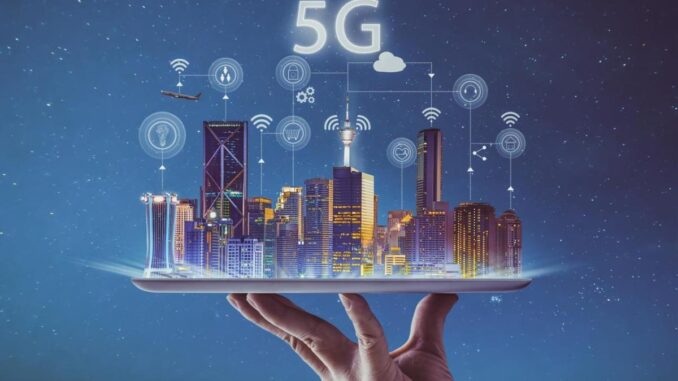
Building the 5G network infrastructure is a multifaceted process that involves several key components, technologies, and considerations. Below is a comprehensive overview of the steps, elements, and challenges associated with developing a robust 5G network infrastructure:
Radio Access Network (RAN) – Small Cells: 5G relies heavily on small cells, which are low-powered base stations that can be installed in dense urban areas to enhance coverage and capacity.






Massive MIMO: Multiple Input Multiple Output (MIMO) technology uses multiple antennas at both the transmitter and receiver to improve signal quality and capacity.
Spectrum: The use of different frequency bands, including low-band, mid-band, and high-band (mmWave) spectrum, allows for varying coverage and data rates.
Core Network:
Service-Based Architecture (SBA): The 5G core is designed around a service-based architecture that allows for more flexible and efficient service provisioning.
Network Slicing: This feature enables the creation of multiple virtual networks on a single physical infrastructure, catering to different use cases and quality of service (QoS) requirements.
Transport Network:
This consists of the backbone infrastructure that connects the RAN to the core network, requiring high-capacity fiber optic connections and other transmission technologies to support increased data flow.
Edge Computing:
Multi-Access Edge Computing (MEC): Bringing computation and storage closer to the network edge reduces latency, which is critical for applications such as autonomous vehicles, augmented reality, and Internet of Things (IoT) devices.


Leave a Reply